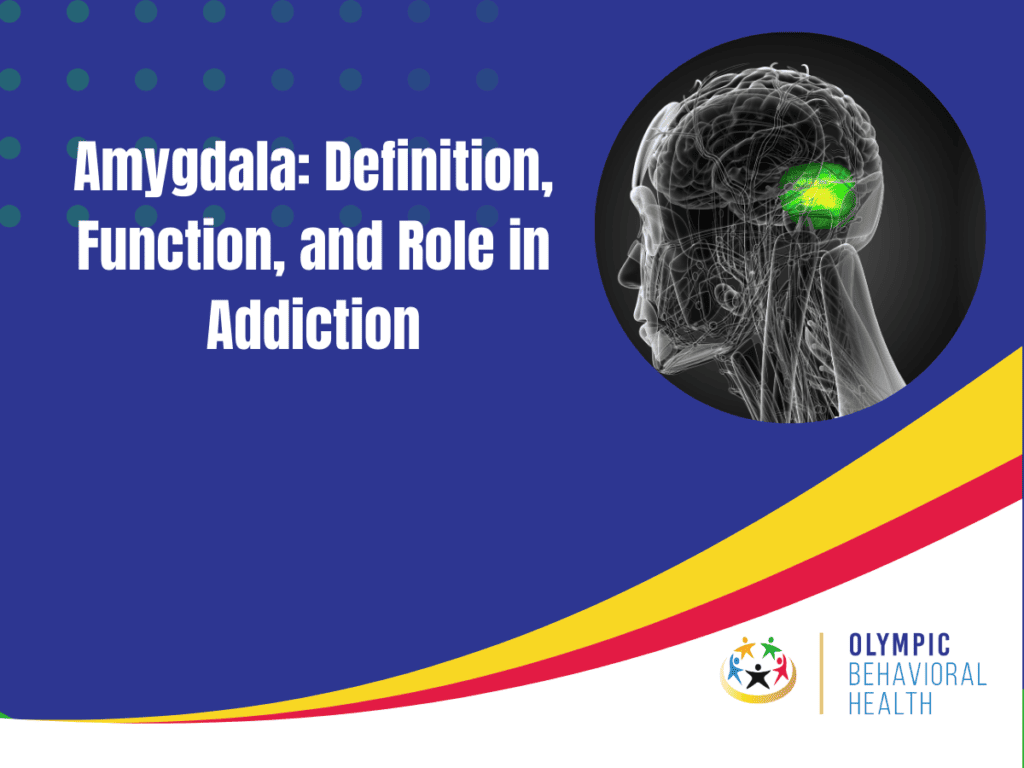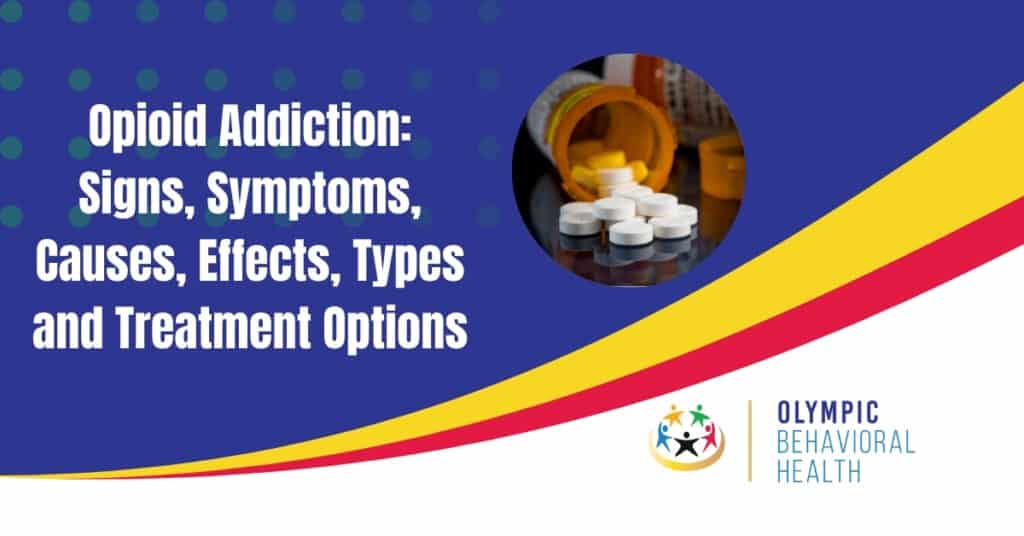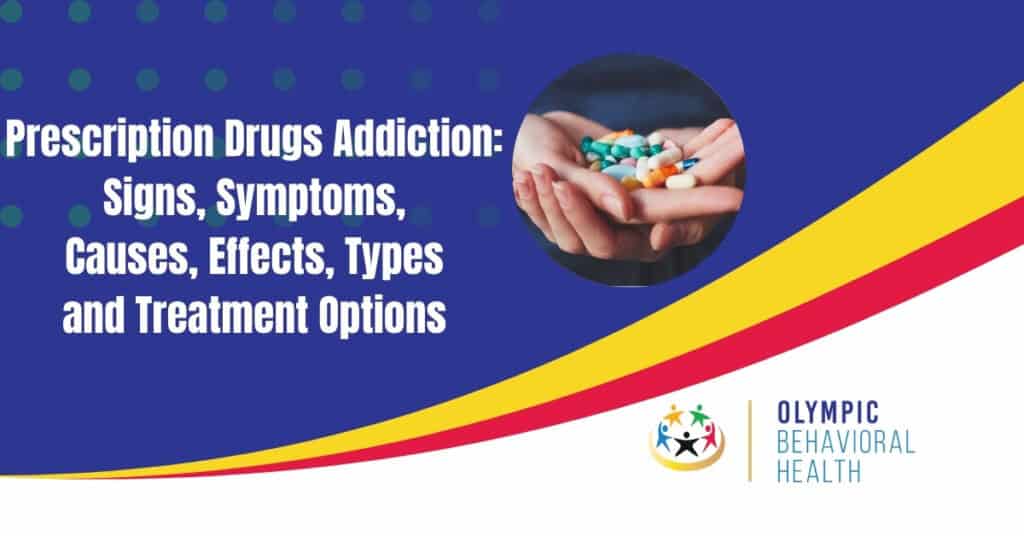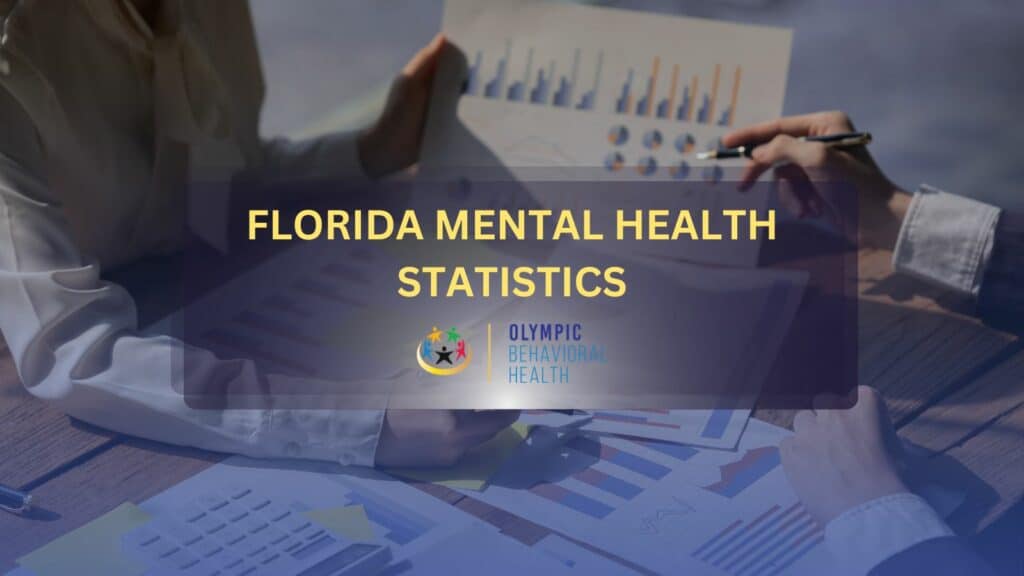The amygdala is a region of the brain that deals with processing emotions, especially fear. It plays a key role in keeping us alert and safe. While emotions are not factual information, they serve as signals that help us navigate our surroundings. For instance, fear and anxiety act as alarms, alerting us to potential threats.
Emotions significantly influence our behavior by providing warnings about potential dangers in our environment. When emotions signal a possible threat, we can take action to ensure our safety. However, it’s important to note that emotions don’t always provide accurate information about threats, leading to anxiety and stress even in situations where there is no actual danger.
Another function of the amygdala is its involvement in forming memory. The functions of the amygdala have been linked to addiction and substance use disorder by several studies. The mechanism typically lies with the amygdala associating the substance with memories of euphoria.
What is the Amygdala?
The amygdala also called the amygdaloid body is a paired, almond-shaped structure in the brain. The name “amygdala” comes from the Greek word for “Almond”. The amygdala is a crucial component of the limbic system in the brain. Located within the temporal lobe, it plays a central role in emotional processing and the formation of emotional memories. It is involved in detecting and responding to emotionally significant stimuli, particularly those related to fear and reward. The amygdala is responsible for the rapid processing of emotional information and the initiation of the appropriate emotional response.

What are the Functions of the Amygdala?
The amygdala is integral to a variety of emotional and cognitive functions. Early observations by Heinrich Klüver and Paul Bucy in the 1930s involving damage to the temporal lobe and later the amygdala, revealed its profound impact on fear reactivity, feeding, and sexual behavior. The subsequent exploration of the amygdala’s role in emotional functions, particularly fear, led to a growing body of knowledge.
Fear Conditioning
One of the primary functions associated with the amygdala is fear conditioning. Early studies used avoidance conditioning tasks to measure fear, focusing on an animal’s ability to learn to avoid a shock. The amygdala’s involvement in fear conditioning is mapped through its nuclei and subnuclei, with the lateral amygdala’s dorsal subregion playing a crucial role in synaptic plasticity. This plasticity involves the convergence of conditioned stimuli (CS) and unconditioned stimuli (US), leading to changes in synapses and the subsequent control of conditioned fear responses by the central nucleus.
Reward Processing
Beyond fear, the amygdala has been implicated in processing rewards and motivating behavior. Different nuclei, including the lateral, basal, and central amygdala, play roles in reward learning and motivation. The amygdala’s involvement extends to emotional states associated with various behaviors such as aggression, maternal instincts, sexuality, ingestive behaviors, and addiction. Koob GF released an article titled “Brain Stress Systems in the Amygdala and Addiction” in 2009. The article states that abrupt cessation of all major drugs of abuse leads to heightened reward thresholds, anxiety-like responses, and increased corticotropin-releasing factor (CRF) activity in the amygdala. These changes hold significant motivational implications. The compulsive drug use observed in dependence is not solely attributed to the diminishing function of reward systems but also involves the activation of stress systems such as CRF and norepinephrine in the extended amygdala.
Emotional Memory
Joseph E. LeDoux published an article “Emotional Memory” on Scholarpedia in 2007 that proves the amygdala is closely linked to emotional memory. This means the amygdala participates in the implicit or unconscious aspects of memory formation. Additionally, it modulates various cognitive functions like attention, perception, and explicit memory. The amygdala’s processing of the emotional significance of external stimuli leads to releasing hormones and neuromodulators, influencing cognitive processing in cortical areas.
Fear Processing and Reflexive Responses
The amygdala’s renowned role in fear processing was highlighted through studies in the 1930s, particularly Kluver-Bucy syndrome resulting from amygdala removal. The amygdala’s involvement in initiating a fear response is well-documented, with rapid processing of information about fearful stimuli triggering a “fight-or-flight” response. The thalamus-amygdala pathway allows for the quick initiation of fear reactions before conscious processing.
Role in Anxiety
A 2013 study by Adhikari A titled “Distributed circuits underlying anxiety” suggests the amygdala’s involvement in anxiety, with overactivity observed in individuals with anxiety disorders.
Positive Memory Function
Beyond its fear-related functions, the amygdala’s role is more complex, contributing to the formation of positive memories and evaluating the importance of stimuli in the environment. Gallagher M, Graham PW, and Holland PC in 1990, conducted a study titled “The Amygdala Central Nucleus and Appetitive Pavlovian Conditioning: Lesions Impair One Class of Conditioned Behavior.” Their research proved that damage to the amygdala can impair the ability to form positive and negative memories, highlighting its multifaceted role.
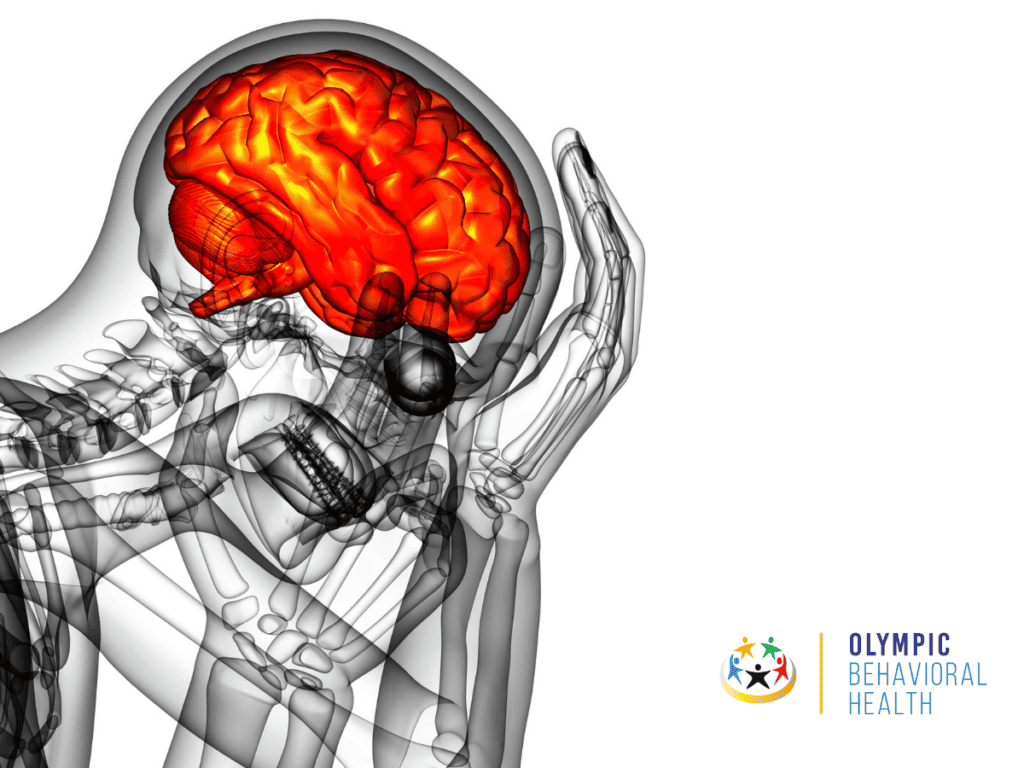
What are the Connections of the Amygdala?
The amygdala has a complex network of connections and neuronal circuits that enable it to receive sensory information and produce various responses. Its connections play key roles in integrating sensory input, emotional responses, and cognitive functions. Here are some of the amygdala’s prominent connections and neuronal circuits:
Input from the Sensory Thalamus and Sensory Cortices
- The amygdala receives input from the sensory thalamus and sensory cortices, including the visual, auditory, and somatosensory areas.
- This input allows the amygdala to process and integrate sensory information related to different modalities.
Output to the Hypothalamus and Brainstem
- The amygdala sends output to the hypothalamus and brainstem, crucial for the generation of emotional responses such as fear and aggression.
- This connectivity forms the basis for the amygdala’s role in the initiation and regulation of physiological and behavioral aspects of emotions.
Bidirectional Connections with the Prefrontal Cortex
- The amygdala has bidirectional connections with the prefrontal cortex, facilitating the integration of emotions, cognition, and decision-making processes.
- This connectivity is essential for the regulation and modulation of emotional responses in the context of higher-order cognitive functions.
Bidirectional Connections with the Hippocampus
- The amygdala maintains bidirectional connections with the hippocampus, linking emotions to the formation and retrieval of memories.
- This connectivity contributes to the consolidation of emotionally charged memories and the contextualization of emotional experiences.
Output to the Nucleus Accumbens and Ventral Striatum
- The amygdala sends output to the nucleus accumbens and ventral striatum, playing a crucial role in reward processing.
- This connection is implicated in the modulation of motivational and reward-related behaviors.
What are the Parts of the Amygdala?
The amygdala exists in pairs in each hemisphere of the brain, with three functionally distinct parts:
Medial Group of Subnuclei
- Connected to the olfactory bulb and cortex, it is associated with olfactory functions or the sense of smell.
- Establishes connections with the hypothalamus, contributing to social and reproductive behaviors.
Basolateral Group
- Connected extensively with the cerebral cortex, particularly the prefrontal cortex.
- Facilitates the association of sensory stimuli with emotional responses and the formation of memories.
Central and Anterior Group of Nuclei
- Exhibits connections with the brainstem, hypothalamus, and sensory structures.
- Initiates physiological fear responses through these pathways, emphasizing its role in the autonomic regulation of fear.
What is the Role of the Amygdala in Addiction?
The amygdala, a crucial component of the limbic system, plays a significant role in addiction, contributing to the complex interplay between emotions, stress, and drug-related memories. Specifically, the basolateral amygdala has been implicated in the process of relapse associated with drug addiction. This region is involved in the retrieval and processing of drug-related memories, influencing the likelihood of relapse in individuals recovering from addiction.
An article titled “Stress Impairs Reconsolidation of Drug Memory via Glucocorticoid Receptors in the Basolateral Amygdala” by Wang et al published in the Journal of Neuroscience in 2008 shows drug-associated cues or stressors can activate the amygdala, contributing to the reactivation of drug-related memories and triggering cravings and relapse.
In addition to substance addiction, the amygdala’s influence extends to behavioral addictions, such as internet addiction. Cheng H. and Liu J in their 2020 study “Alterations in Amygdala Connectivity in Internet Addiction Disorder” have found alterations in the functional connectivity between the amygdala and the prefrontal cortex in individuals with internet addiction. This altered connectivity suggests a link between emotional disturbances and the processing of emotions, indicating that the amygdala’s role transcends substance-related addictions.
Moreover, the amygdala integrates the influences of stress on drug-related memory formation and retrieval. Stress can enhance the consolidation of drug-related memories, contributing to the long-term impact of these memories and making individuals more susceptible to relapse.
The altered connectivity between the amygdala and prefrontal cortex in addiction, including internet addiction, highlights the emotional components of addictive behaviors. Emotional disturbances, often associated with amygdala dysfunction, may contribute to the reinforcement of addictive behaviors and the difficulty of breaking free from addictive patterns.
Additional Questions
What is an Amygdala Hijack?
Amygdala hijack refers to the overwhelming and immediate emotional response triggered by the amygdala, bypassing rational decision-making processes in the prefrontal cortex. It results in impulsive and emotional reactions, often in response to perceived threats or stressors. Recognizing and managing amygdala hijacks is crucial for emotional intelligence and self-regulation. Techniques such as mindfulness and stress management can help regain control during intense emotional responses.
Can other medications also cause Addiction?
Yes, let’s have a look at some:
How is Cortisol related to Addiction?
Cortisol, commonly known as the “stress hormone”, plays a crucial role in the development and maintenance of addiction. It is released by the body in response to stress, and chronic stress can lead to consistently elevated levels of cortisol.
This can negatively impact the amygdala, the brain region responsible for emotional responses and decision making. Studies have shown that increased levels of cortisol can cause changes in the activity of the amygdala, leading to heightened emotional responses and decreased ability to regulate impulses. This can make an individual more susceptible to addictive behaviors, as they may turn to substances or activities to cope with stress and regulate their emotions.
Chronic stress and elevated cortisol levels have also been linked to a higher risk of relapse in those recovering from addiction. Furthermore, cortisol can also directly affect the reward circuitry in the brain, causing a heightened response to drugs or other addictive stimuli. This can reinforce addictive behaviors and make it harder to break the cycle of addiction. To learn more about the role of cortisol in addiction, check out our article.
How is Habenula related to Addiction?
The habenula is a small brain structure that is involved in the regulation of reward and aversion responses.
Research has shown that dysfunction in the habenula can play a role in the development and maintenance of addiction. When exposed to drugs or other addictive substances, the habenula may become overactive, leading to increased feelings of aversion and negative emotions.
This can in turn drive individuals to seek out more of the substance in order to counteract these negative feelings.
Therefore, targeting the habenula may hold promise for treating addiction in the future. To learn more about the connection between the habenula and addiction, read our article.
Get help for your Addiction
Addiction Treatment at Olympic Behavioral Health offers help and support for those struggling with addiction. Taking the first step can be difficult, but it is crucial to call for assistance. Our facility in West Palm Beach provides comprehensive addiction treatment programs to guide individuals towards recovery. If you or your loved one is battling addiction, reach out to Olympic Behavioral Health today.
Olympic Behavioral Health Drug Rehab
Olympic Behavioral Health Drug Rehab is a place where healing begins. With compassionate professionals and a state-of-the-art facility in West Palm Beach, we understand that overcoming addiction is challenging. The first step is calling us, and we will provide the help and support you need on your journey to recovery.

Share This Post
